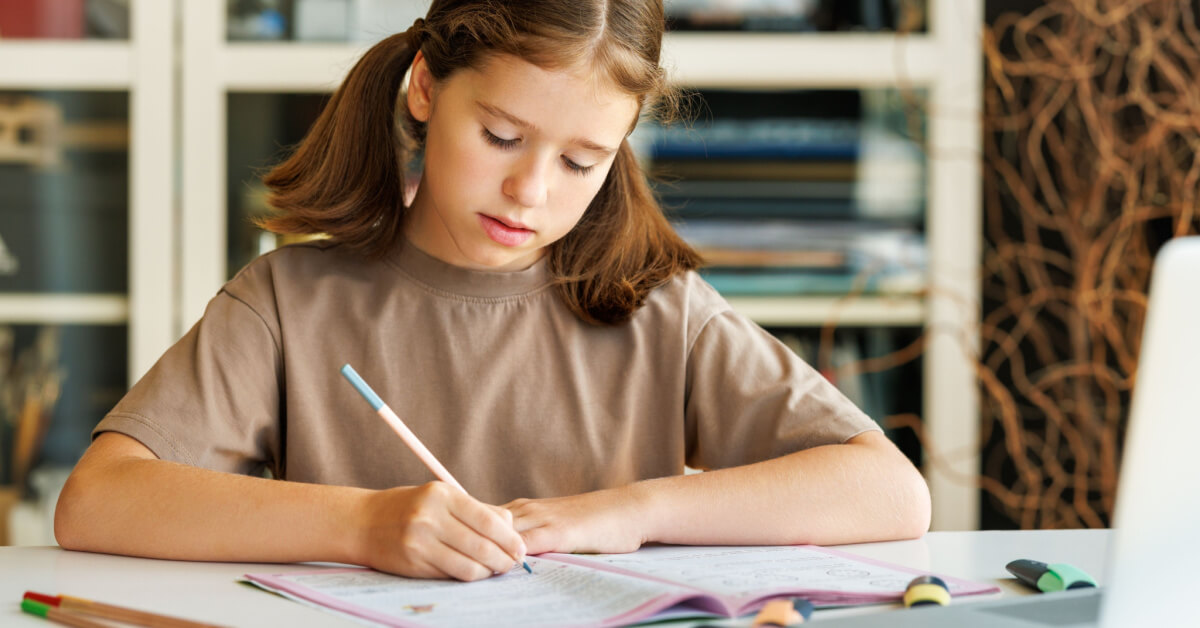August 24, 2022
As the prospect of starting school looms in the distance, now is the perfect time to teach and practice some tools related to time management and task initiation and completion. Whether it’s mowing the lawn, unloading the dishwasher, or starting summer homework, projects can be challenging to start, stick with, and complete, especially for neurodiverse students. Whether you’re putting off a project, or just slogging through each part of it over the course of what seems like hours or days, a new undertaking, particularly one that seems unpleasant, can really drain children and teens (and adults too!). No matter how small a project, or how large a task, we have all experienced anxiety around completing something, especially if we or a loved one have ADHD. Fortunately, personal project planners can really help to diminish the overwhelm.
The goal of using any planner is to provide structure for planning, prioritizing, and sequencing aspects of executive functioning skills. These are the processes that get you from the beginning to the end of a task. Different types of forms or personal project planners can make a task feel manageable. When I’m overwhelmed with too much to do, I rely…


